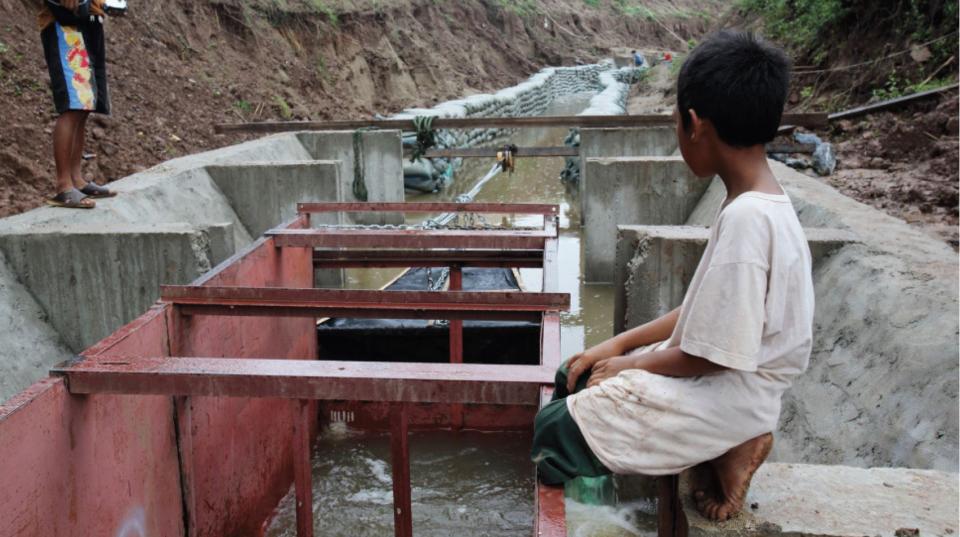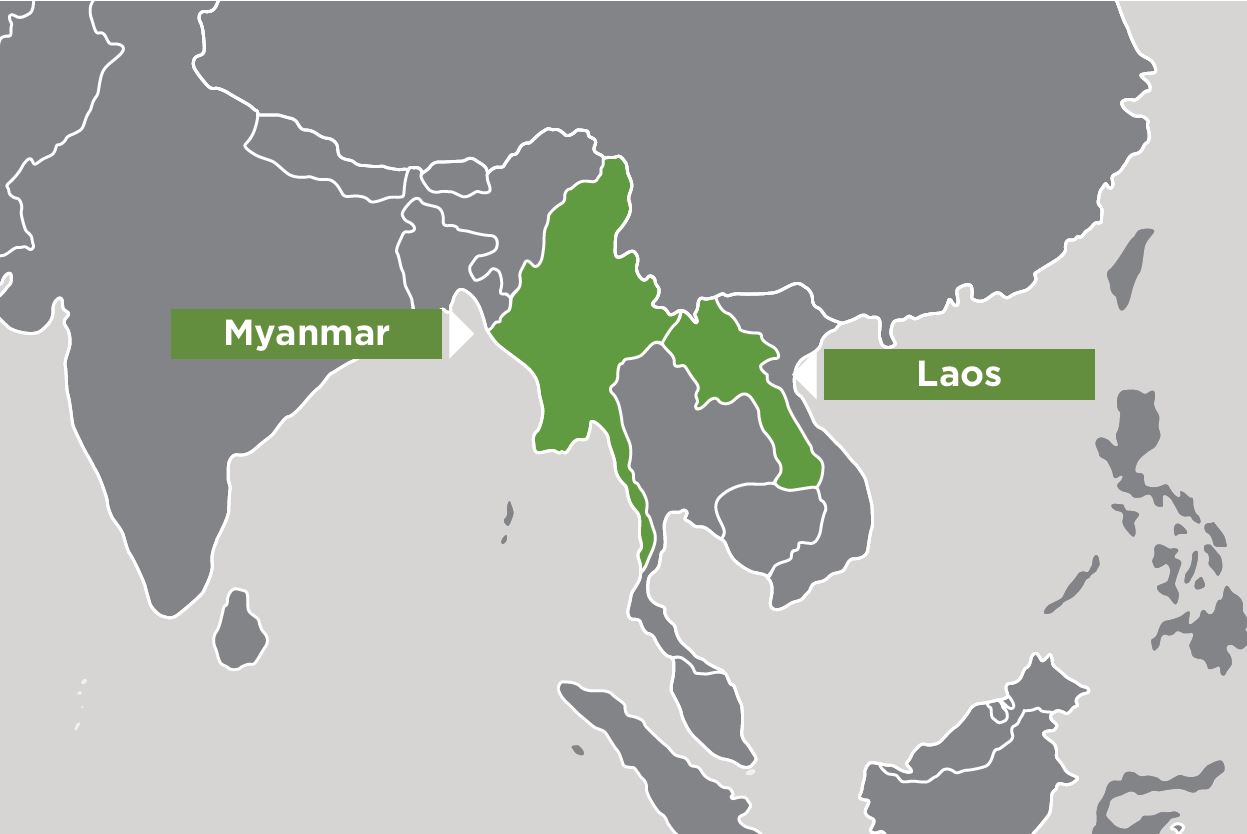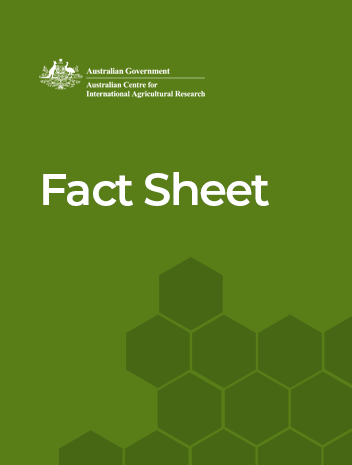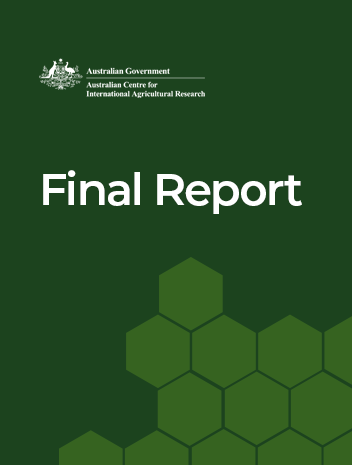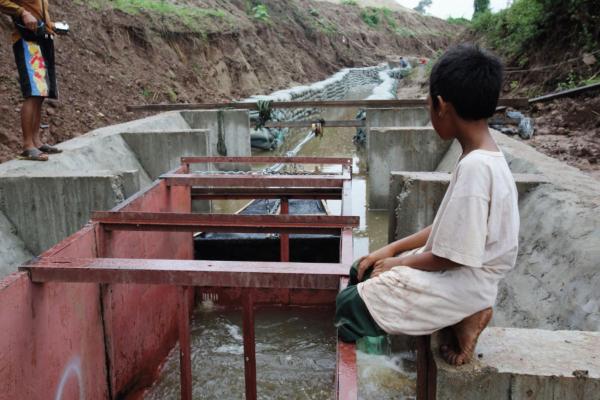Overview
This project aimed to rehabilitate declining capture fisheries in Laos and Myanmar through facilitating greater adoption of fishway technology in the Lower Mekong and Ayeyarwady Basins.
Often the main source of protein and cash income for river communities, long-term sustainability of vital capture fisheries is threatened from increased water development projects which block important migration pathways for fish seeking access to critical nursery and feeding habitats. Detailed barrier-mapping has shown more than 8000 barriers to fish migration in just three tributary catchments.
This project evaluated the extent of fish migration barriers and the colonisation of riverine species in seasonal wetlands; quantifying whether there is an annual increase in capture fishery production at sites where fishways have been constructed; quantifying in social and economic terms, the options for constructing fishways at riverine infrastructure; and promoted the uptake of project outputs to other Mekong countries and rivers in South-East Asia, especially in Myanmar.
Project outcomes
- Understanding of the impact of fishway construction on the fish populations in wetlands, in terms of fish species’ ecology and productivity of capture fisheries.
- Insight into the potential scope for capture-fisheries rehabilitation using fishways at low head regulators.
- Better knowledge of sustainable and low-cost fishway options for application in Laos and other countries in the Lower Mekong Basin (Cambodia, Thailand, Vietnam and Myanmar) and Ayeyarwady Basin in Myanmar.
- Greater ability for researchers, fisheries, managers and local communities to apply low-cost fishway technology at low head barriers in the Lower Mekong Basin.
- Improved local economies through increased fisheries production, and associated nutritional and economic impacts where fishways are constructed.
- Increased floodplain fisheries diversity and sustainability at the study site, and subsequently wherever fishways are constructed throughout the Lower Mekong Basin.
